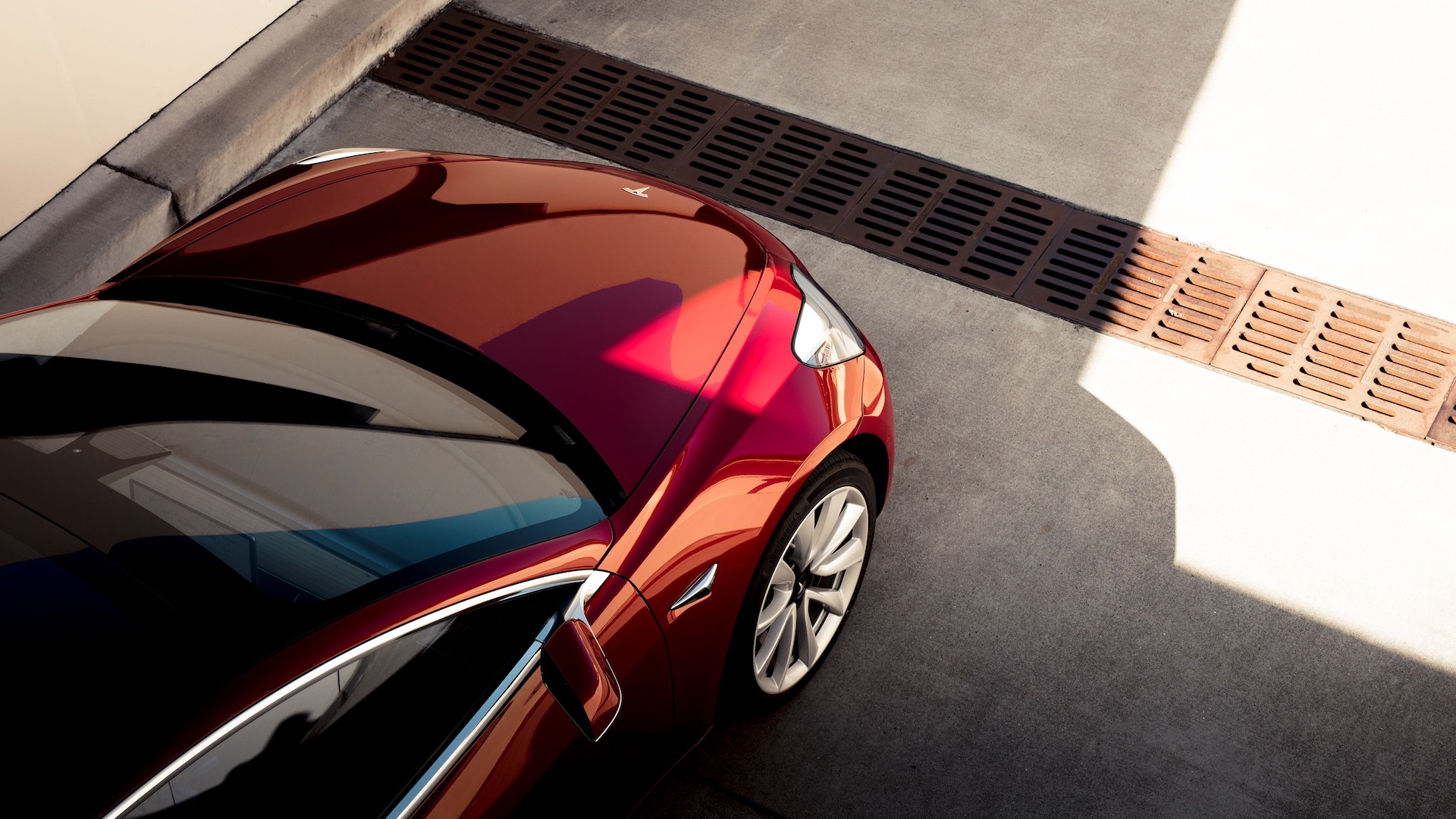

Electric automaker Tesla is entering a new space: auto insurance. CEO Elon Musk announced on Wednesday during the automaker’s Q1 2019 earnings call that Tesla will be offering an “insurance product” beginning in about a month.
Insuring a Tesla isn’t cheap. In fact, high insurance cost is one of the largest complaints of many new owners, who do not expect a policy of a Tesla Model 3 to cost as much as a brand new Porsche 911 in some markets.
“It will be much more compelling than anything else out there,” says Musk.
Documents show that “Tesla Insurance Services, Inc” has been incorporated since June 2017, indicating that Tesla has been planning to make this move for some time, but has just now made the announcement that it is readying the service for the public. Two former Tesla employees are listed as the corporation’s directors; CFO Deepak Ahuja and General Council, Todd Maron.

Tesla built its notoriety by offering the latest in technology to consumers, and the latest updates to the car applied completely over the air. All these perks mean that Tesla’s had direct access to a large amount of telemetric data about its cars and also its drivers.
Presently, Tesla does provide some of this data to insurance companies. Musk says this is to “help with rates,” something which has been an ongoing issue for many Tesla drivers as insurance companies hike rates for the premium and luxury segments. But as Tesla launches its own insurance product, Musk also confirms that Tesla will use this information to determine its own rates.
Musk confirms that Tesla has “direct knowledge of the risk profile of customers based on the car,” Musk said, adding that this provides the automaker with an “arbitrage opportunity” based on the customer risk profile. So, if a customer wants to purchase Tesla insurance, they can do so and drive in a respectable manner. But drive in a “crazy way” (as Musk puts it), and “the insurance rate is higher.”

The idea of profile-based insurances rates is far from new. Insurance providers like Progressive have been using programs like this since 1998. One simply plugs in a dongle to their OBDII port and forgets about it; the insurer later reads the data and determines an appropriate risk profile. While the Snapshot program was originally introduced to incentivize good driving, Progressive eventually began to penalize bad drivers in 2013. While Snapshot relied on data being sent back to the insurer, other providers like Allstate soon followed by launching mobile apps to use data from a cell phone’s accelerometer and GPS; one of the first “connected” examples of data augmentation for risk-based assessments.
The data that passes through an OBDII port is minuscule compared to the data that can be collected by Tesla. With exterior and interior facing cameras, the automaker can know exactly what the occupant is doing at all times. Musk has said on Twitter that the camera will be used should a driver enroll their car in Tesla’s upcoming autonomous taxi fleet.
Tesla’s always-connected approach means that the mothership can be beamed back for information about that time you decided to turn off autopilot or mash the gas. With stop sign and traffic signal detection, it could (theoretically) tell when you skirt by those yellow lights or perform a California roll at a stop sign. The purpose of big data is to take action without review—so build a big enough reputation for at-risk driving and rates could go up without human interaction.
Driver monitoring to this capacity could be a legitimate concern for some drivers, while others might not bat an eye at the thought of being scrutinized for every turn of the wheel and press of a pedal. Regardless, finding an appropriate middle ground between extremely high insurance rates and proper driver assessment is a very real conundrum that Tesla is looking to solve.